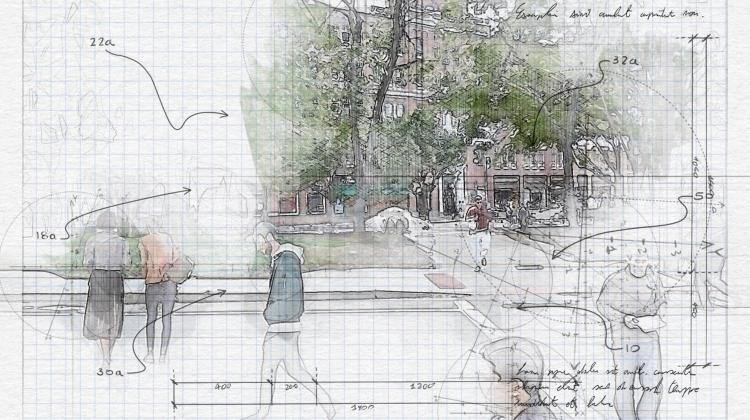Cities are increasingly promoting walkability to tackle climate change, improve urban quality of life, and address socioeconomic inequities that auto-oriented development tends to exacerbate, prompting a need for predictive pedestrian flow models. This paper implements a novel network-based pedestrian flow model at a property-level resolution in the City of Melbourne. Data on Melbourne’s urban form, land-uses, amenities, and pedestrian walkways as well as weather conditions are used to predict pedestrian flows between different land-use pairs, which are subsequently calibrated against hourly observed pedestrian counts from automated sensors. Calibration allows the model extrapolate pedestrian flows on all streets throughout the city center based on reliable baseline observations, and to forecast how new development projects will change existing pedestrian flows. Longitudinal data availability also allows us to validate how accurate such predictions are by comparing model results to actual pedestrian counts observed in following years. Updating the built-environment data annually, we (1) test the accuracy of different calibration techniques for predicting foot-traffic on the city’s streets in subsequent years; (2) assess how changes in the built environment affect changes in foot-traffic; (3) analyze which pedestrian origin-destination flows explain observed foot-traffic during three peak weekday periods; and (4) assess the stability of model predictions over time. We find that annual changes in the built environment have a significant and measurable impact on the spatial distribution of Melbourne’s pedestrian flows. We hope this novel framework can be used by planners to implement “pedestrian impact assessments” for newly planned developments, which can complement traditional vehicular “traffic impact assessments”.
https://doi.org/10.1371/journal.pone.0257534



